Fedwire’s ISO 20022 Goes Live July 14: 5 Crypto Plays Primed for Takeoff
The financial plumbing just got a high-tech upgrade—and crypto’s ready to cash in.
Fedwire’s long-awaited ISO 20022 integration kicks off July 14, dragging legacy finance into the 21st century (only a decade late, but who’s counting?). Here’s what’s brewing:
5 Digital Assets Poised for the Spotlight
When the world’s largest wire service adopts a blockchain-friendly messaging standard, smart money watches these movers:
- XRP: The OG bridge asset flexes its compliance chops
- Quant: Silently building the API rails for hybrid finance
- Algorand: Pure-proof-of-stake meets institutional grade
- Hedera: Enterprise DLT with Fed-approved governance
- Stellar: Cross-border payments’ dark horse
Bankers will still take three business days to ‘innovate’—meanwhile, these networks settle in seconds. The irony’s thicker than a SWIFT manual.
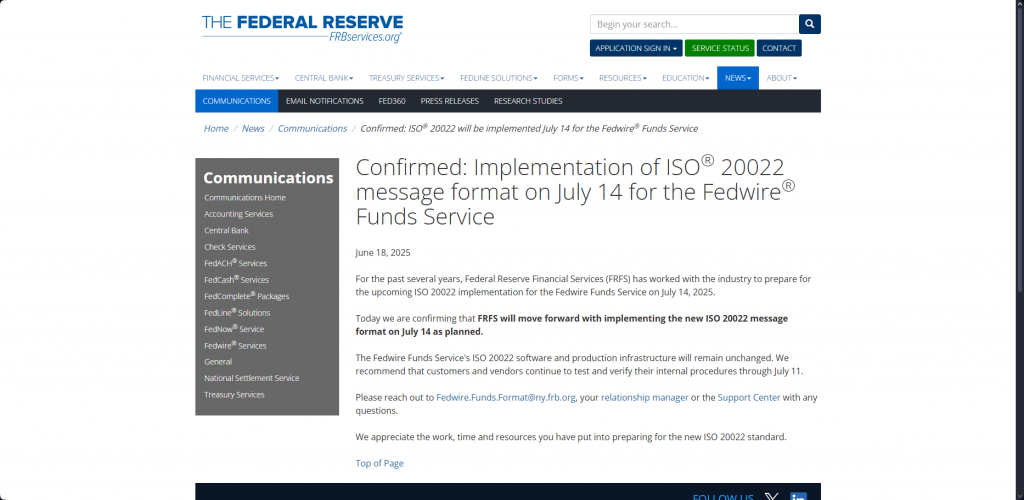 Federal Reserve Official ISO 20022 Implementation Announcement – Source: frbservices.org
Federal Reserve Official ISO 20022 Implementation Announcement – Source: frbservices.org
Fedwire ISO 20022 Launch Boosts Payment Efficiency and Crypto Market Adoption
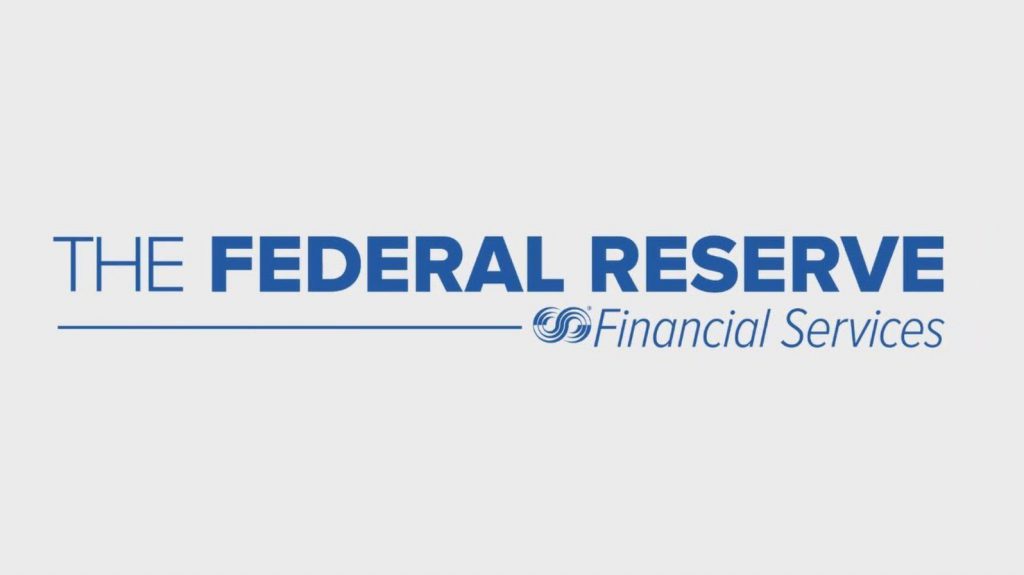
The Federal Reserve Financial Services confirmed the Fedwire ISO 20022 implementation timeline after extensive preparation and industry collaboration. This ISO 20022 payment standard represents a major shift in payment messaging, and it’s directly impacting crypto market adoption rates at the time of writing.
FRFS stated:
The Fedwire system update brings enhanced data capabilities and also improved cross-border payment efficiency across the board. Financial institutions continue testing through July 11 for seamless integration, and they’re working diligently to ensure smooth transitions for all participants.
#ISO20022 for the Fedwire® Funds Service will be implemented on July 14: https://t.co/rqXOxmrmqj #payments #financialservices #banking #Fedwire pic.twitter.com/ICi1Jle7PS
— Federal Reserve Financial Services (@FRBservices) July 2, 2025Top 5 Cryptocurrencies for Fedwire ISO 20022 Implementation
1. Ripple’s XRP
Green light![]()
leads the pack with cross-border payment efficiency features built specifically for financial institutions seeking faster and more reliable international transfers.

The digital asset maintains regulatory compliance focus while also providing advanced liquidity solutions for banks worldwide.
2. Stellar (XLM)
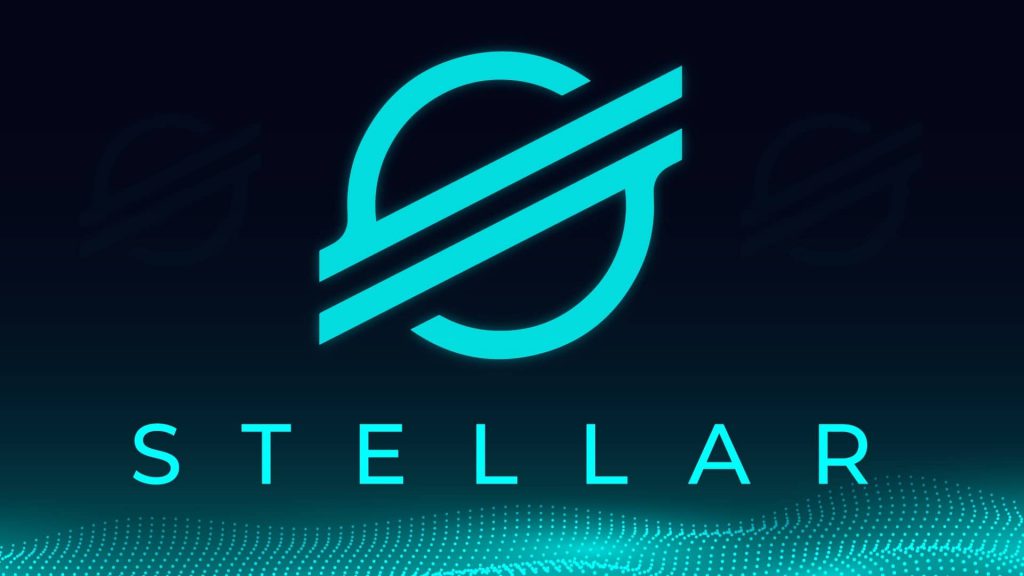
offers institutional-grade solutions for global transfers and also connects different financial systems worldwide seamlessly.

Stellar’s platform facilitates low-cost international payments and has established partnerships with various financial institutions across multiple continents.
3. Hedera Hashgraph (HBAR)
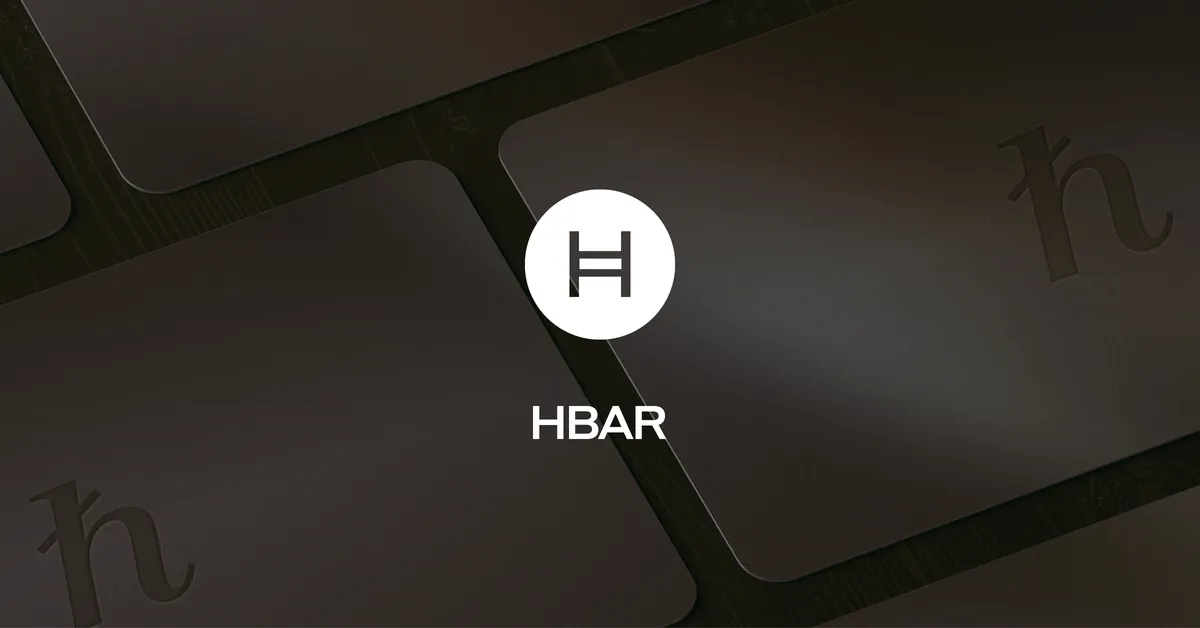
provides enterprise-level blockchain technology aligned with ISO 20022 payment standard requirements and regulatory frameworks.

Hedera’s Hashgraph consensus offers high throughput capabilities and also energy-efficient processing specifically designed for institutional use cases.
4. Quant (QNT)
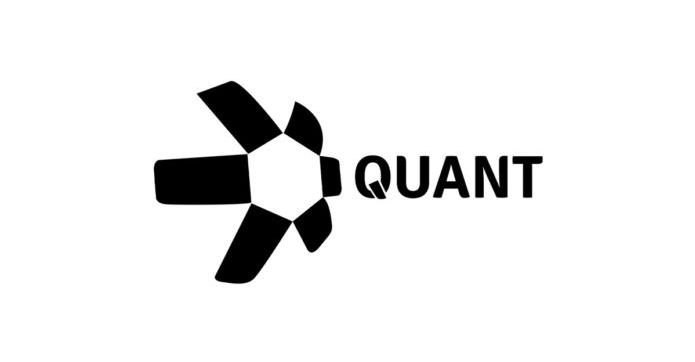
enables comprehensive interoperability between traditional financial systems and also blockchain networks through its innovative Overledger technology.

Quant’s extensive network connectivity positions it particularly well for the upcoming Fedwire ISO 20022 implementation transition period.
5. Algorand (ALGO)
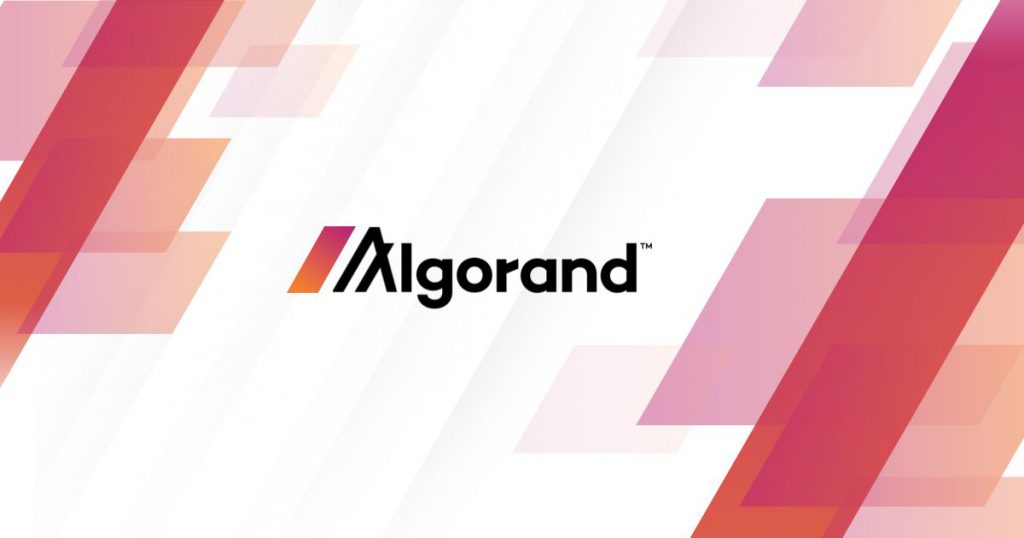
focuses on regulatory compliance with scalable institutional blockchain applications and enterprise solutions.

Algorand’s pure proof-of-stake consensus provides fast transaction processing with minimal energy consumption, and it’s specifically designed for enterprise-level implementations.
FRFS also noted:
This operational stability during the Fedwire ISO 20022 implementation provides much-needed confidence for institutions integrating cryptocurrency solutions into their systems. The ISO 20022 payment standard creates significant opportunities for compliant digital assets, and crypto market adoption accelerates rapidly as cross-border payment efficiency becomes the new industry standard right now.

